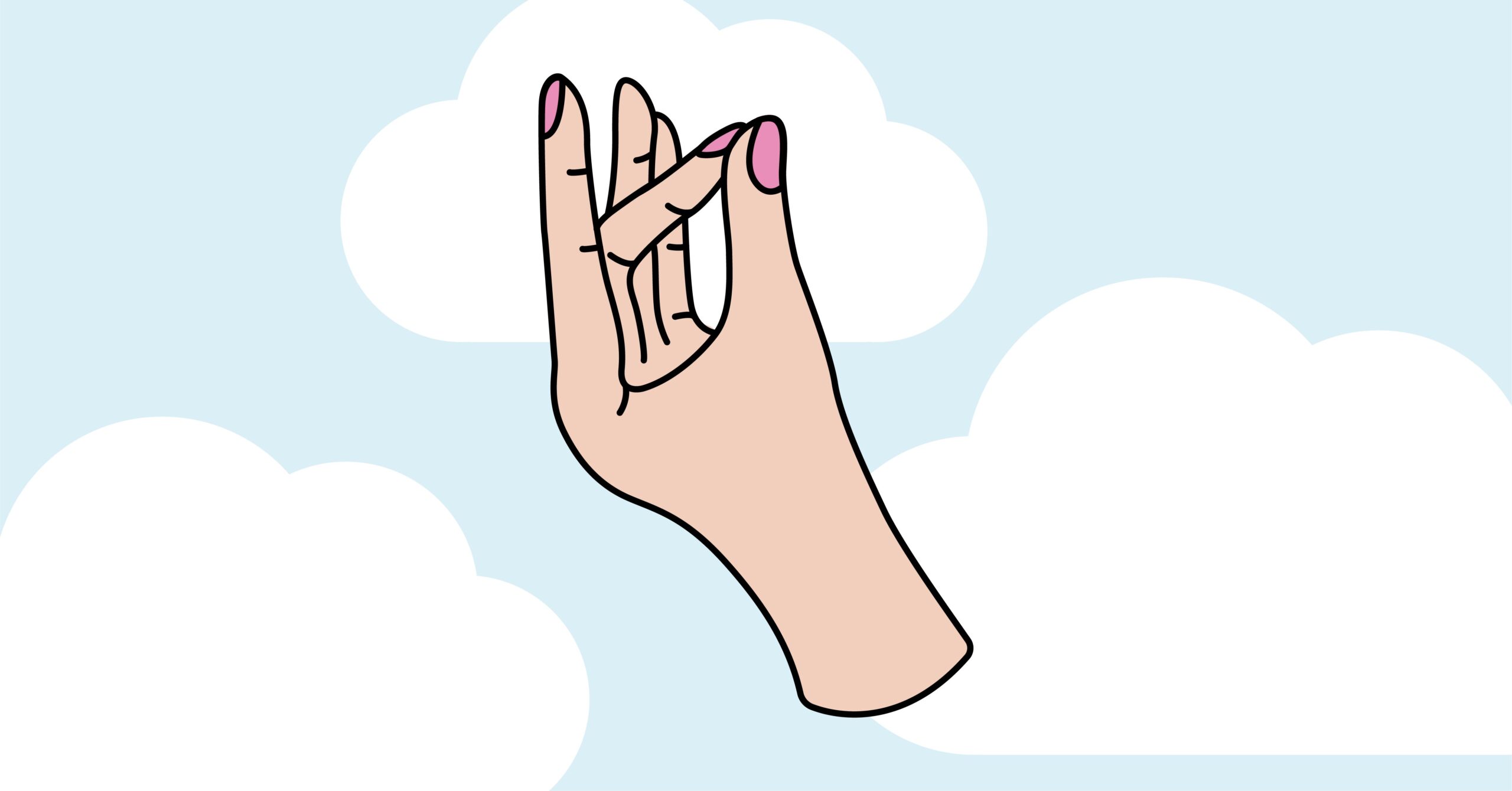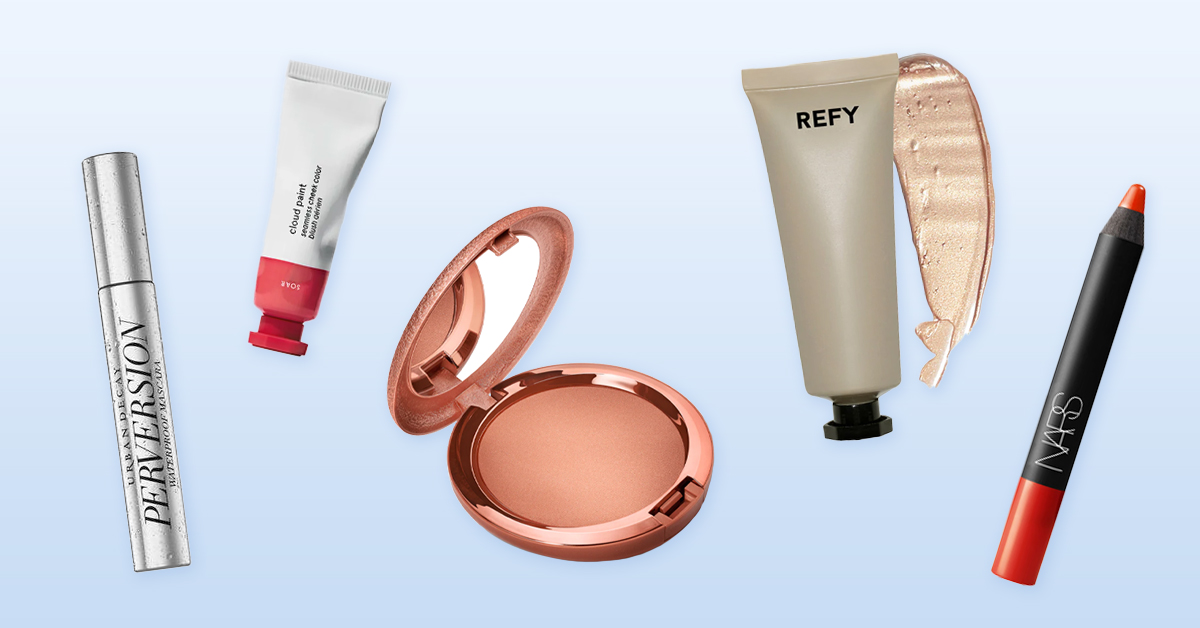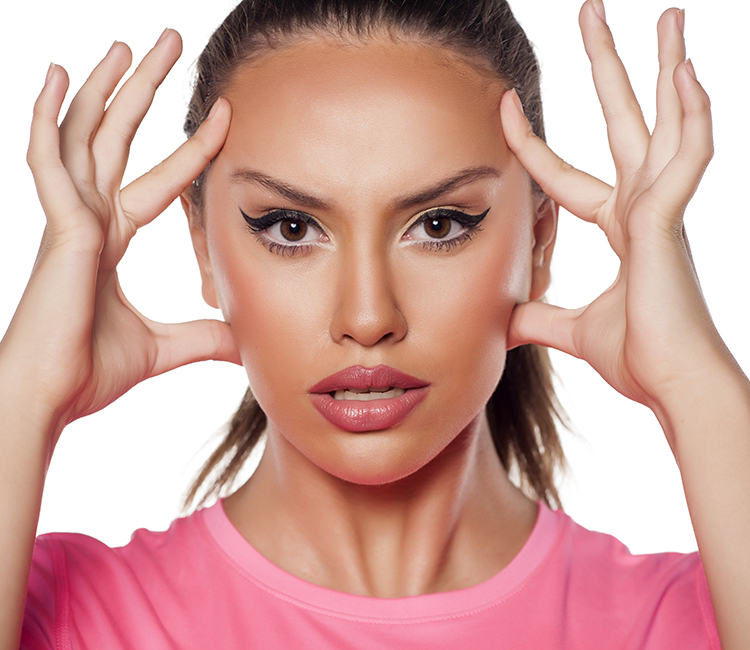Why do face masks cause breakouts?
You’ve been wearing your face mask on the regs these past few months to protect yourself and slow the spread of the coronavirus. But, you’ve started to notice pimples cropping up in strange places on your face. Does this sound all too familiar? Chances are, you have maskne, aka mask acne. It typically shows up as blemishes and irritation around your mouth, cheeks, and jawline.
What are face mask breakouts?
Maskne, or face mask breakouts, occurs when sweat, skin oils, and bacteria are trapped on the skin while wearing your mask. This is because face masks can cause irritation by trapping moisture and physically rubbing against skin. And if you don’t wear a clean face mask every day, this can spread bacteria on the surface of your skin, making acne even worse.
The specific type of acne caused by wearing face masks regularly is called acne mechanics, which also includes skin issues that are a result of pressure, rubbing, squeezing, or stretching of the skin. It’s different from other kinds of acne since maskne only occurs in areas where the mask sits against the skin. Under normal conditions, the skin contains some bacteria and yeast. But when pores become clogged due to excess sweat and moisture from wearing a mask, these organisms overgrow, leading to pimples.
The summer months can definitely exacerbate maskne. The combination of sweat, oil, and moisture from breathing under a mask can clog pores. Not to mention the friction and chafing of the mask in contact with the moist skin can cause the skin to break down.
How can you prevent maskne?
Maskne can be challenging to prevent, given all the factors that contribute to it. That’s why you need to use a multifaceted approach:
- Wash your face twice a day. Make sure to wash it before and after wearing a mask and use a mild cleanser.
- Apply moisturizer. After washing your face, apply moisturizer to prevent dryness and repair the skin’s natural protective barrier. Look for crucial hydrating ingredients like ceramides, niacinamides, and glycerin.
- Skip the makeup. Wearing too many products under the mask can cause a build up on the skin. Ditch the foundation or use non-comedogenic products under the mask to allow your skin to breathe.
- Wear soft cotton masks. This will help to reduce rubbing and irritation. Be sure to wear a clean, dry mask every day.
- Wash your mask after every use. To prevent the spread of COVID-19 but also to remove acne-causing bacteria and oils from the mask, be sure to wash it after every use with fragrance-free laundry detergent or white vinegar.
- Use a chemical exfoliant. Chemical exfoliants can help dissolve dead cells on the skin’s surface, which are essential for preventing mask breakouts from forming in the first place. Examples of chemical exfoliants include alpha-hydroxy acids and beta-hydroxy acids found in glycolic, lactic, and salicylic acid.
- Apply oil-free SPF. No matter what, you should always wear SPF to protect against skin cancer. Look for non-comedogenic and oil-free options that work to decrease excess oil that can clog pores and lead to acne.
Pay attention to how your skin is reacting to wearing a mask. Let your skin breathe (while maintaining social distancing, of course) if your skin feels irritated or tender.
How do you treat maskne?
The good news is that maskne is treatable and usually responds well to regular acne medication. Follow these skincare guidelines to shrink zits in no time:
- Spot-treat. If you have a current crop of mask-related blemishes, you can use a spot treatment containing salicylic acid, sulfur, zinc, or benzoyl peroxide.
- Exfoliate and hydrate. Use an exfoliating cleanser and follow with a hydrating moisturizer three times a week. The rest of the time, use a gentle cleanser.
- Use acne-treating cleansers. It’s important to incorporate targeted treatments when it comes to battling maskne. Those with acne-prone skin benefit from cleansers that contain salicylic acid and benzoyl peroxide.
- Create a barrier. If maskne is the result of skin irritation, you might need to use a “barrier” product to protect your delicate skin.
- Opt for pimple patches. Another effective physical barrier is acne patches that are dual-functioning as they not only protect skin but also apply acne medication to individual lesions throughout the day.
Be sure to make or buy a few masks made of softer fabric so you can easily switch them out to help prevent maskne. Also, a mask with zinc oxide embedded in the fabric may be helpful, since zinc is anti-inflammatory and soothing to the skin.
















